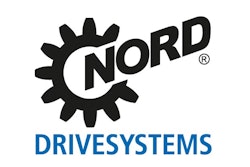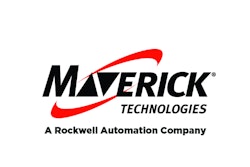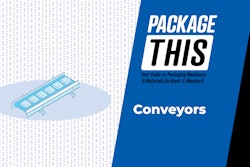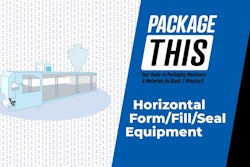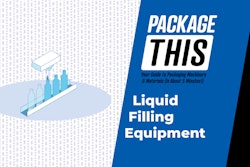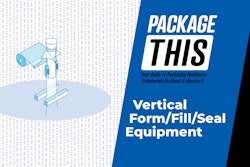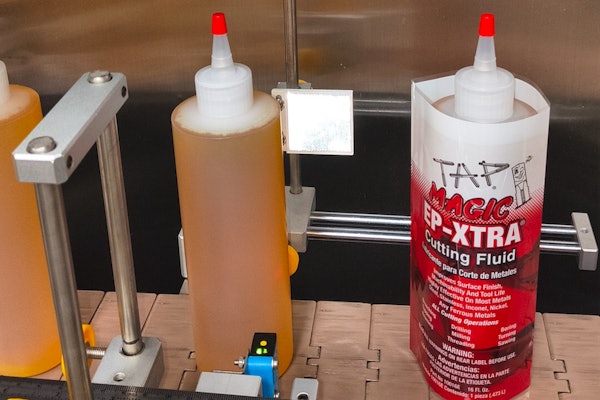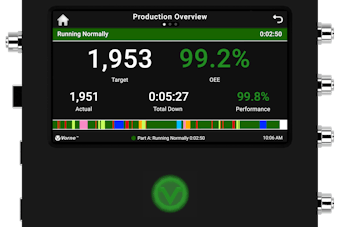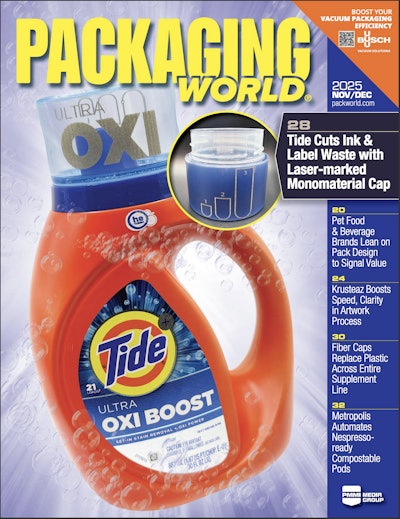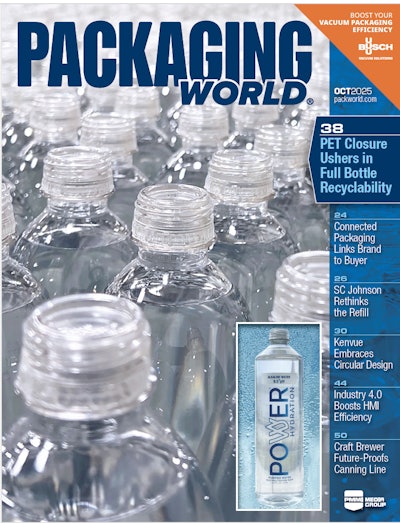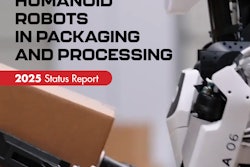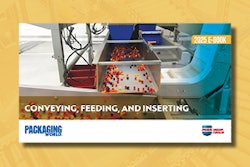
At specialty cookie company Aunt Gussie’s Cookies and Crackers in Garfield, NJ, cookies are packaged in clear plastic clamshells. Labeling had always been done by hand, but as the volume of packages kept increasing, management began searching for a machine application solution. The search led ultimately to a Shell Shock pressure-sensitive labeler from Nita. But there were a few bumps along the road—two big ones, to be precise.
“This is the third machine I tried,” says company president David Caine. “We pack the cookies in pretty tight, and sometimes they do bulge a little, so it can be a tough container to handle. I installed two labeling machines prior to this one and had to send them both back. As I said, it is a difficult container to handle. But the Nita machine is really up to it.”
In this particular application, where cookies are hand-loaded, speed wasn’t a big concern. Far more crucial is the synchronization between the labeling head itself and the conveyor belt that delivers clamshells to the labeling head. If these two are not synchronized, problems are bound to surface. On the Shell Shock machine, servo technology ensures spot-on synchronization of conveyor and labeling head. Here’s how it works.
An AC motor from Nord Gear drives the conveyor that presents the clamshells to the labeling head. On the shaft of this motor is an encoder from Encoder Products Co. that counts revolutions of the shaft and communicates this data to a servo drive in the controls cabinet. This drive, the Unidrive SP from Emerson Control Techniques, has an SM-EZMotion module whose microprocessor controls the Shell Shock machine’s motion and I/O. Based on input from the encoder, the drive then regulates the Emerson servo motor that applies the pressure-sensitive labels. With the conveyor motor and the servo motor linked in this fashion, the clamshells are always traveling at just the right speed relative to the labeling head.



